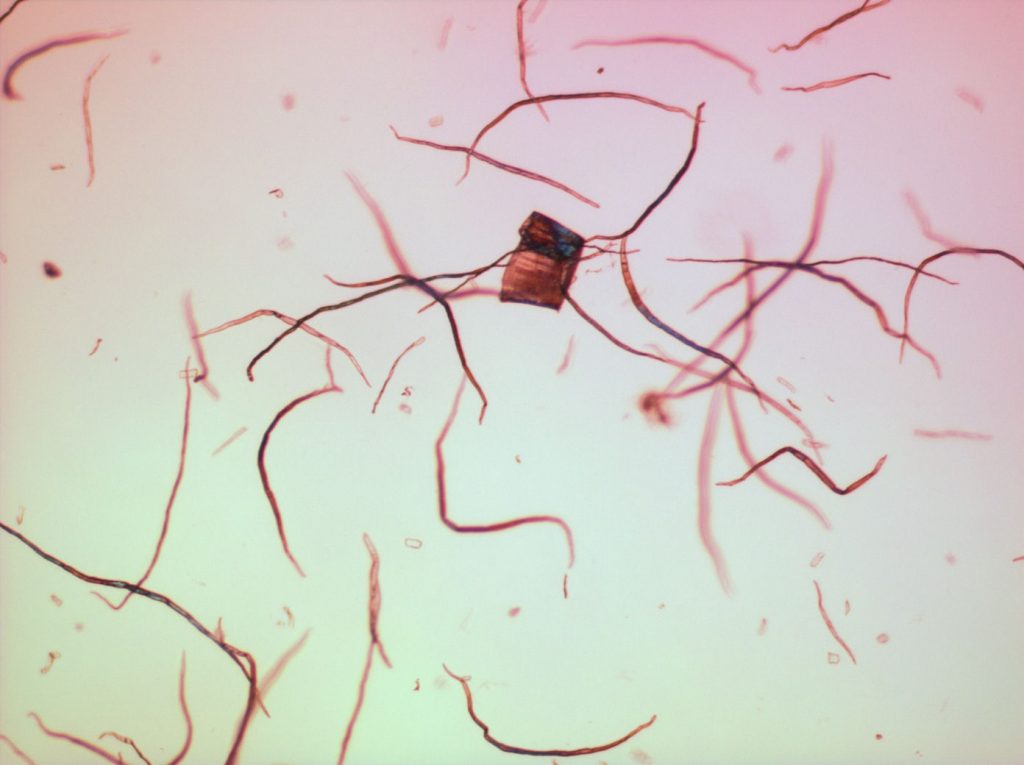
Products
Test & Measurement
New PulpEye module measures vessel elements
March 9, 2016 By Cindy Macdonald
 PulpEye Vessel can measure the quantity and size of vessel elements in hardwood pulps.
PulpEye Vessel can measure the quantity and size of vessel elements in hardwood pulps. PulpEye has introduced a new module for its pulp measurement system to identify the quantity and size of vessel elements in hardwood pulps. The PulpEye Vessel module is based on a technology to measure fibre wall thickness.
The module uses circularized polarized light so that the images of fibres and vessel cells can be clearly distinguished from the background and hence easier to spot.
Vessel cells in hardwood pulp are often relatively intact in the pulp process and can have a negative impact on pulp quality. According to PulpEye, they can reduce print quality by acting like flakes or not take ink the same way as the surrounding fibres. Dust problems can also occur due to vessel elements coming loose during printing.
“Measuring the quantity and size of vessel elements in pulp is of interest for pulp manufacturers in order to classify pulp,” says Öjvind Sundvall, managing director of PulpEye. “We have received very positive response from producers of hardwood pulps when discussing this new way of measuring vessel cells in a fibre suspension, so the market for our technology is obviously there.”
“Our technology is also of interest for papermakers using pulps with big vessel cells or deinked pulp containing vessel cells from hardwood. Online measurement can early in the process detect variations and by acting on the results presented by PulpEye Vessel, costly rejections can be avoided.”
PulpEye mixes and circulates the sample through the flow cell where the camera captures images of the pulp. By using circularized polarized light, the images of fibres and vessel cells can be clearly distinguished from the background. With normal light, vessel cells are almost transparent and much more difficult to detect and capture in an image.
Images are captured at a very high resolution. The size of vessel cells are typically over 100 microns across and for some species, such as eucalyptus, the vessel cells are even bigger. The resulting images are analyzed using a series of image processing steps.
Print this page